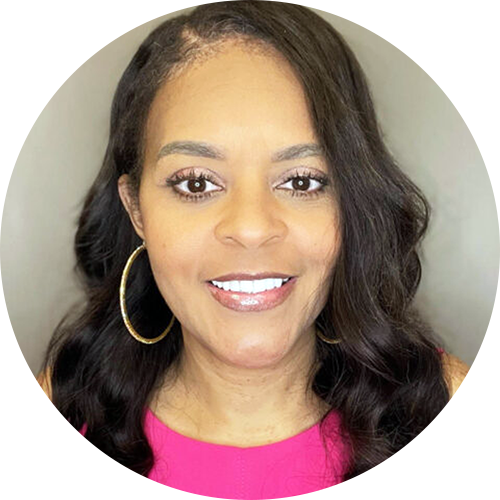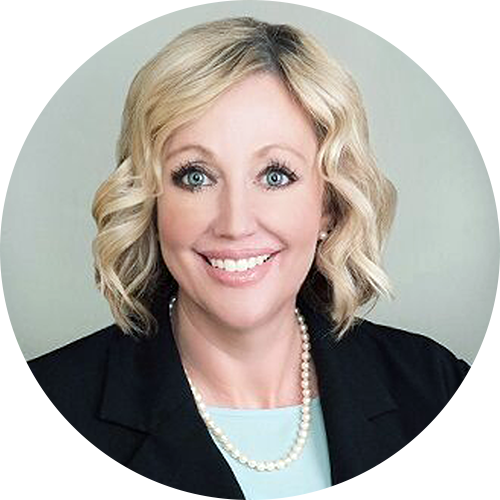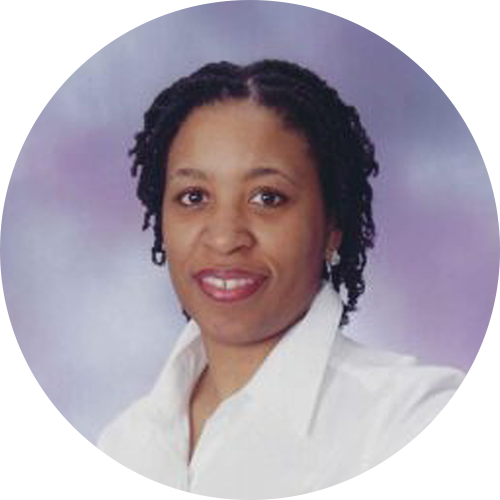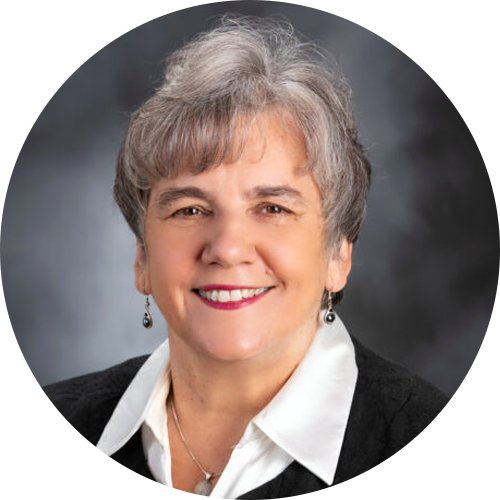Thursday, May 12, 2016
Choice of Birth Setting and Presence of Continuous Nursing Support during Labor Improve Health Outcomes for Women and Infants
Washington, D.C., May 12, 2016 – As medical technology has advanced, interventions during labor and birth have increased dramatically. These interventions, including the administration of medications to start or speed up labor, routine use of intravenous fluids, and cesarean birth, can increase a woman’s risk for postpartum hemorrhage, infection, and other complications.
Physiologic birth (or birth that starts and progresses spontaneously and effectively) is characterized by a cascade of hormones that has significant benefits for the mother and infant, including labor pain relief, increased mother-infant attachment, and enhanced breastfeeding. A better understanding of the physiology of birth can help nurses and other health care providers support normal birth to enhance these benefits and minimize unnecessary interventions that can introduce additional risks for mother and fetus/newborn.
The March/April 2016 issue of Journal of Obstetric, Gynecologic, & Neonatal Nursing (JOGNN) from the Association of Women’s Health, Obstetric and Neonatal Nurses (AWHONN) features a series of articles about healthy, physiologic birth that answers important questions related to the process. Additionally, the articles explore the benefits of normal childbirth and the potential harms associated with unnecessary medical interventions in labor.
Health care providers such as nurses, midwives, doulas, and physicians have significant but distinct roles in supporting physiologic birth. In “The Value of the Maternity Care Team in Promoting Physiologic Birth,” authors Ruth Zielinski, PhD, CNM, FACNM; Mollie Gilbert Brody, RN, BSN; and Lisa Kane Low, PhD, CNM, FACNM, FAAN, discuss how health care teams can work together and provide care to support physiologic birth and minimize unnecessary interventions. The authors found that when nurses are able to provide continuous labor support, results include less use of pain medication, lower rates of cesarean, and increased overall satisfaction of women with their birth experiences.
Women have very different needs and expectations about the birth environment. In “Importance of the Birth Environment to Support Physiologic Birth,” authors Mary Ann Stark, PhD, RNC; Marshe Remynse, MSN, FNP-BC; and Elaine Zwelling, RN, PhD, FACCE, describe factors within the environment that can support or deter physiologic birth in hospitals, at home, and at birth centers. When women choose their preferred birth settings, they should be educated about how these settings can affect their birth experiences. For example, a hospital can present more challenges to physiologic birth than homes or birth centers because they enable easy access to technology and medical interventions.
Many common birth interventions can interfere with the normal, hormonal processes associated with childbirth or can have other unintentional effects. In “Hormonal Physiology of Childbearing, an Essential Framework for Maternal-Newborn Nursing,” authors Carol Sakala, PhD, MSPH; Amy M. Romano, MBA, MSN, CNM; and Sarah J. Buckley, MB, ChB, Dip Obst, detail why nursing practices should be designed to support the physiologic processes that occur during pregnancy and birth. Health care providers should be knowledgeable and should promote and protect this natural process to optimize labor and birth, breastfeeding, mother-infant attachment, and other benefits that aid in healthy maternal and newborn transitions.
“Nurses are the primary sources of support and education for women and families during labor and birth,” said AWHONN CEO, Lynn Erdman, MN, RN, FAAN. “Promoting normal birth is important to the health of women and infants. AWHONN is committed to supporting practices that facilitate optimal physiologic birth.”
Today, childbearing women have many more choices than were previously available, including options regarding care providers and place of birth. However, women should be educated about the benefits and potential risks of these options in order to make informed decisions. Nurses who understand the importance of supporting physiologic birth (no matter who provides the care or where the birth takes place) will be prepared to provide the best and safest care for mothers and infants.
For media interviews, contact:
Kelly Mack for AWHONN
202-296-2002
kmack@awhonn.org
###
About JOGNN
The Journal of Obstetric, Gynecologic, & Neonatal Nursing (JOGNN), is an internationally ranked, scientific and technical journal published bimonthly by the Association of Women’s Health, Obstetric and Neonatal Nurses. JOGNN is online at jognn.awhonn.org
About AWHONN
Since 1969, the Association of Women’s Health, Obstetric and Neonatal Nurses (AWHONN) has been the foremost authority promoting the health of women and newborns and strengthening the nursing profession through the delivery of superior advocacy, research, education, and other professional and clinical resources. AWHONN represents the interests of 350,000 registered nurses working in women’s health, obstetric, and neonatal nursing across the United States. Learn more about AWHONN at www.awhonn.org.





















